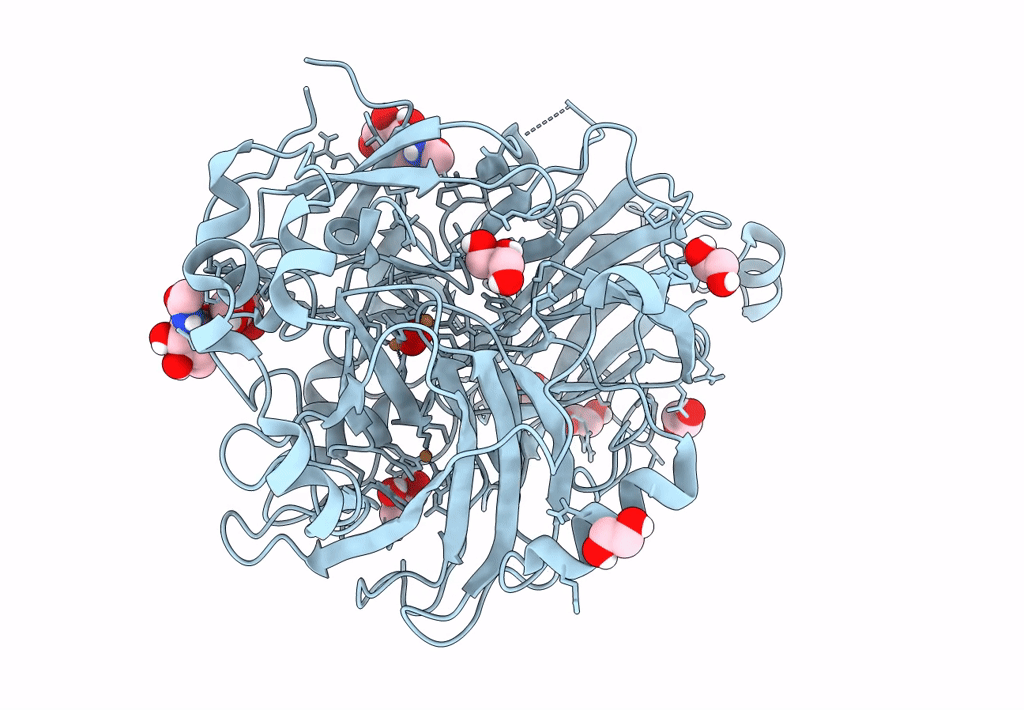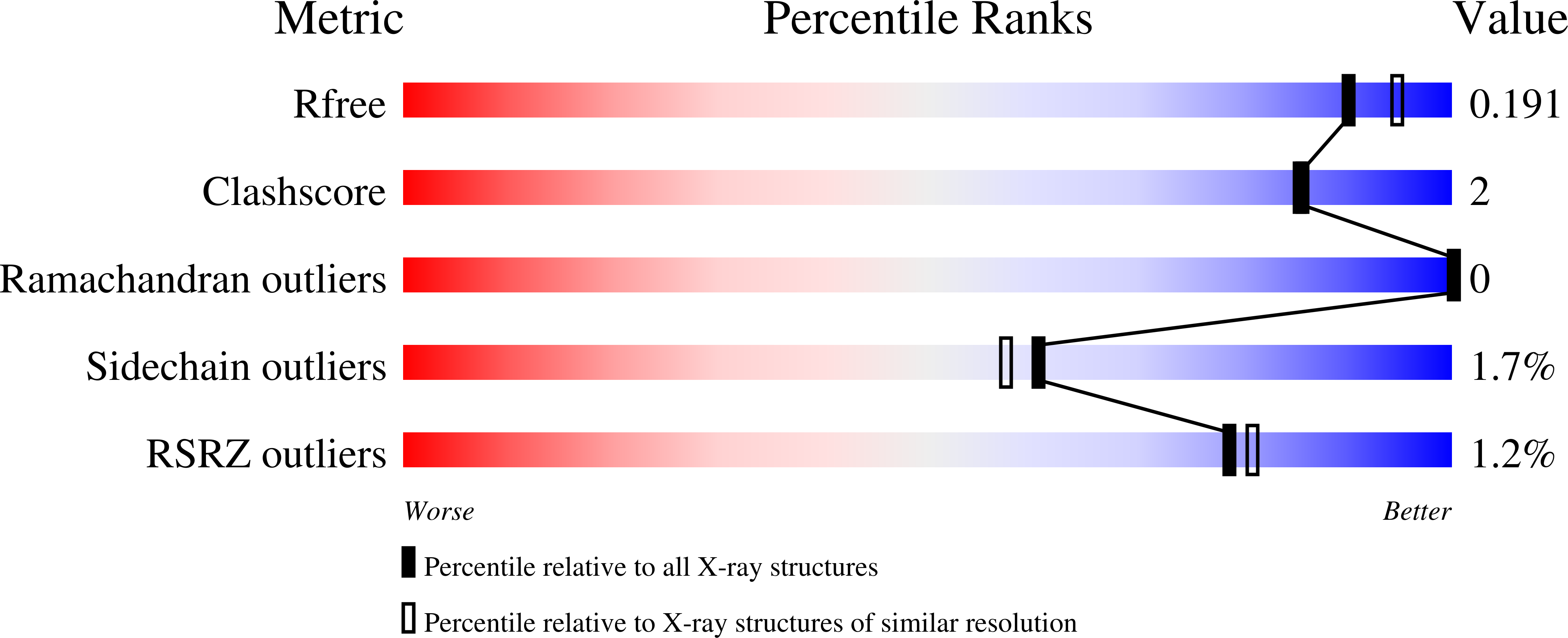
Deposition Date
2022-04-20
Release Date
2023-06-28
Last Version Date
2024-10-23
Entry Detail
PDB ID:
7ZN6
Keywords:
Title:
Crystal structure of laccase-like multicopper oxidase (LMCO) from Thermothelomyces thermophilus
Biological Source:
Source Organism:
Thermothelomyces thermophilus ATCC 42464 (Taxon ID: 573729)
Host Organism:
Method Details:
Experimental Method:
Resolution:
1.90 Å
R-Value Free:
0.18
R-Value Work:
0.15
Space Group:
P 43


